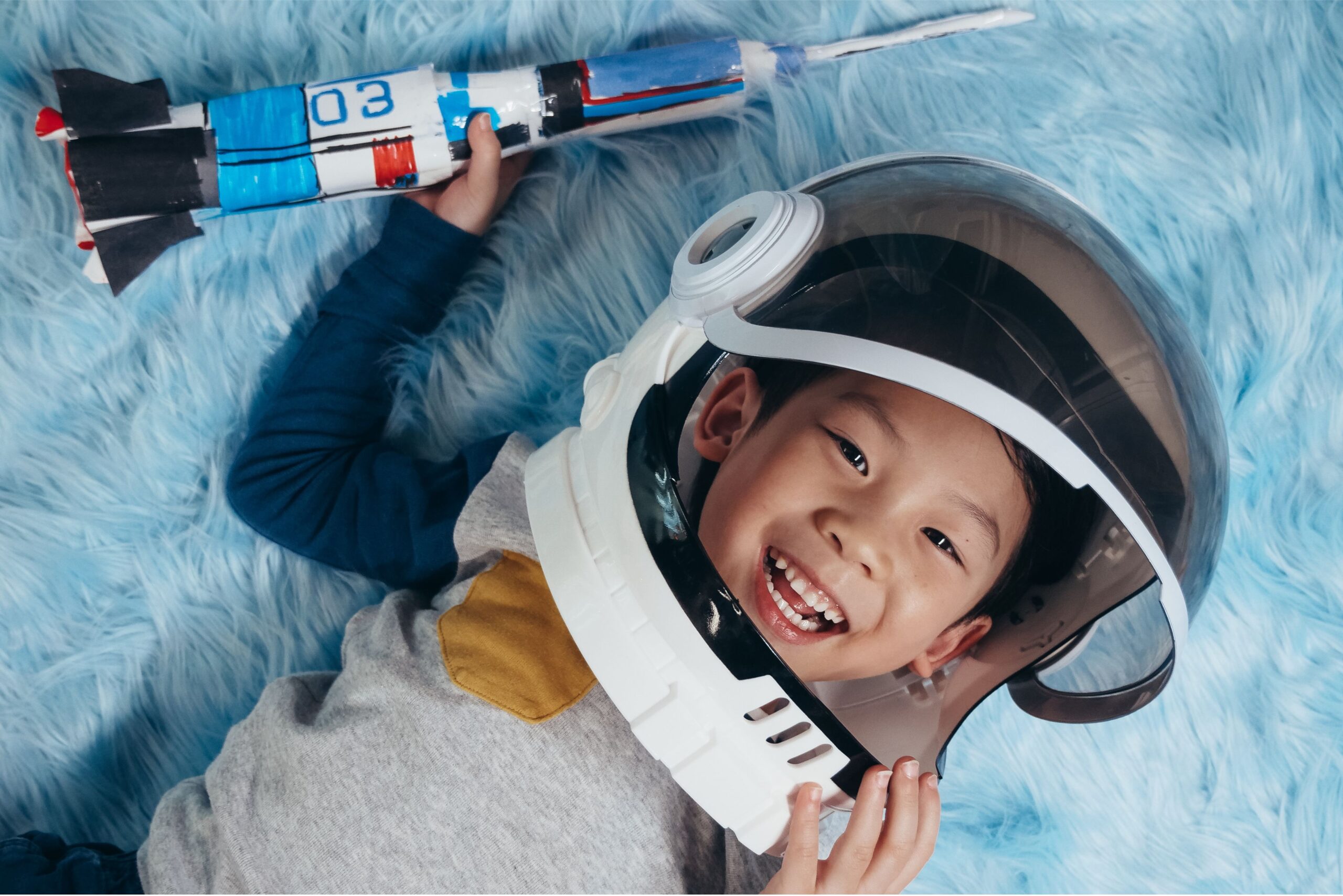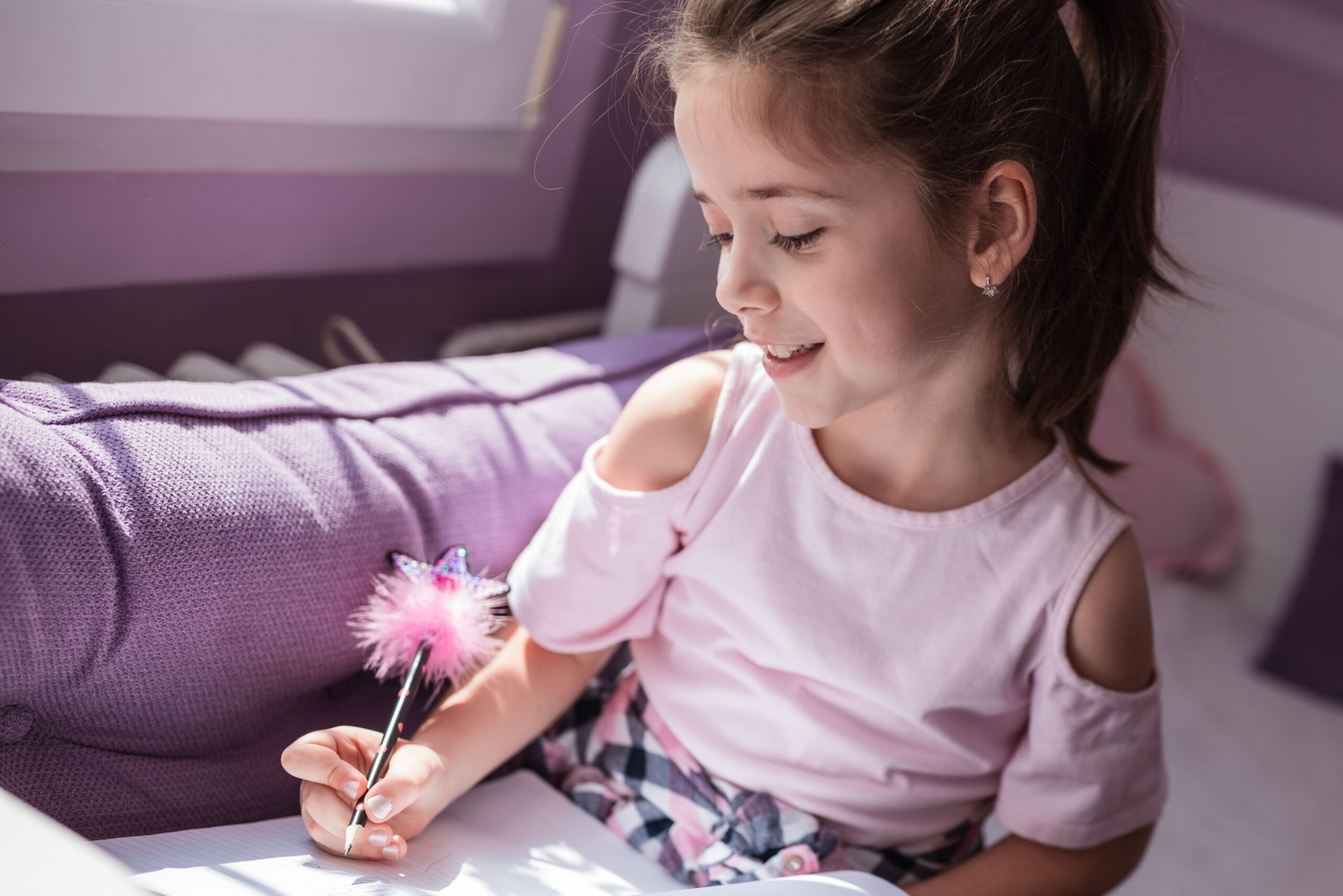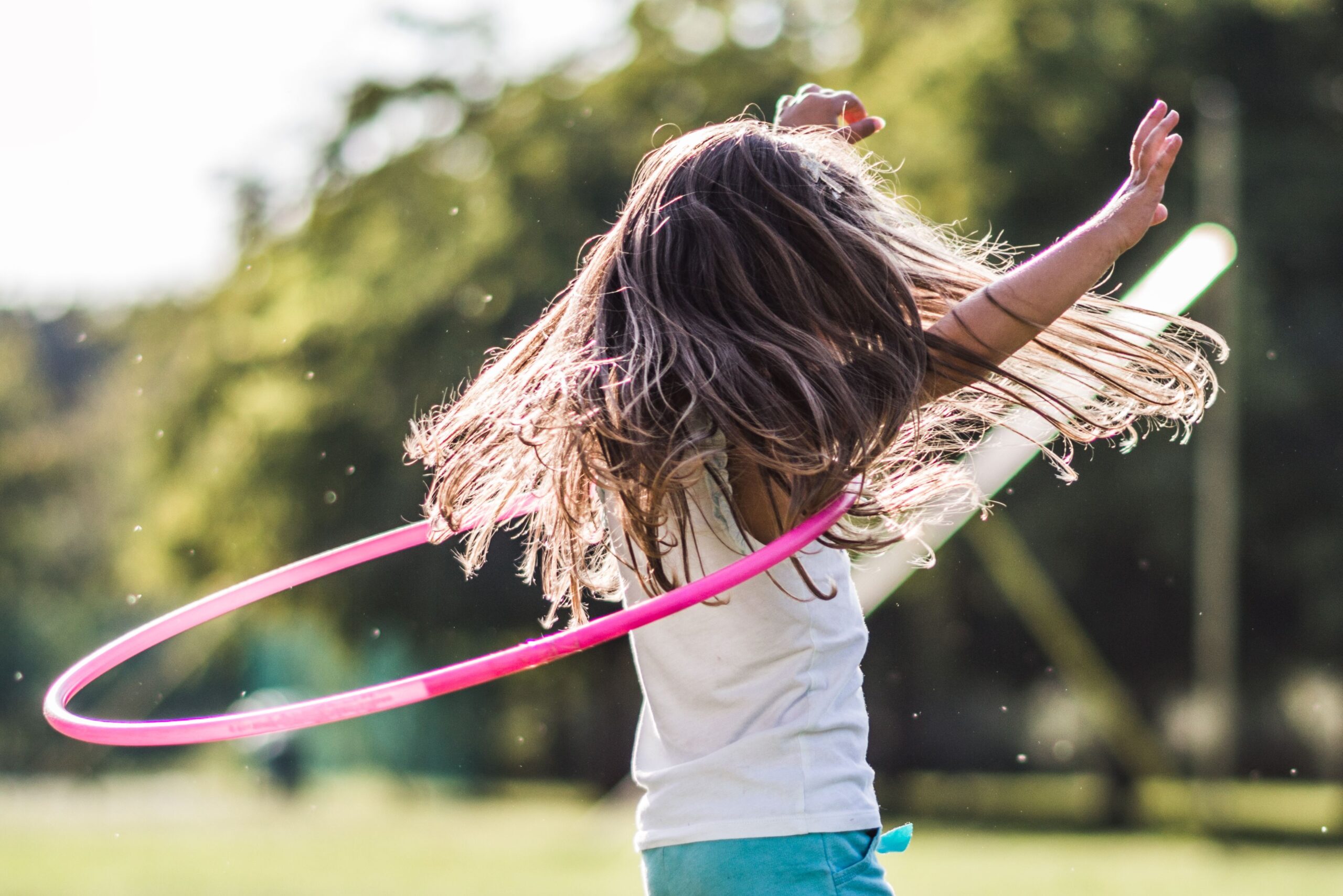How To Use the Bop Bags in the Play Therapy Playroom
By Lisa Dion, LPC, RPT-S
Some play therapists believe bop bags promote aggression in children, while others believe they’re an essential toy in the playroom that allows the child to express himself fully and thus encourages empowerment. In this article, I attempt to bridge both opinions by outlining ways to avoid promoting aggression while encouraging the child to understand his or her need to express him or herself in an aggressive way. Please note that the examples of reflections listed below are just examples; there are many possibilities of reflections that are effective for deepening the child’s awareness of herself when she uses a bop bag. Follow your intuition, and trust your experience.
Bob bags are versatile toys that can be used in many ways in the playroom. Although most children will use them as a way to project their feelings of disempowerment or empowerment, some will use them as a source of comfort, leaning and resting on them for support. Others will use it as a sensory toy and bounce or roll on it to help regulate their nervous system (these are just a few examples of other ways a bop bag can be used).
When a child chooses to use the bop bag, here are a few key principals to help guide your reflections:
- Do not assume that you know who or what the child is wanting the bop bag to represent. It is also not important for you to know.
- Unless you know the intended gender of the bop bag, it is best to refer to bop bags as “it” or the gender of the child.
- When making reflections, make reflections that address the underlying feelings that the child is attempting to project onto the bop bag. Example: Child picks up the bop bag and starts throwing it around the room, turning it upside down and making it spin fast. You are having to get out of the way to protect yourself.
- Voice the bop bag: “Ouch, ouch. I am spinning out of control. My world is upside down.”
- Voice what it is like to be the observer: “I am scared and nervous watching this. I have to protect myself. I am starting to feel out of control.”
- Voice your observation of the bop bag: “He must feel so scared. His world is turned upside and he has no control.”
- Voice your observation of the child’s interaction with the bop bag: “You want him to know what it feels like to have everything upside down. He has no control and is helpless.”
- If the child chooses to use it for support or a way to regulate, providing reflections that enhance the child’s awareness of what they are doing is encouraged. Example: The child has been running around the room in an anxious/frantic way going from toy to toy. He finds the bop bag and lays on top of it struggling to gain his balance.
- It is important to avoid reflections that encourage aggression as much as possible. Examples of reflections that encourage aggression are: “Get him,” “You are so strong,” “Show him how mad you are,” “Hit him again,” etc.
- Voice what it is like to be the observer: “I feel the tension in my body as I watch you try so hard to regain your balance.”
- Voice your observation of the bop bag: “He is trying so hard to stay still to support you even though he was not made to stay still. I wonder if he feels anxious that he may not be able to do it.”
- Voice your observation of the child’s interaction with the bop bag‐ “You are trying so hard to make him stop moving so that you can relax on top. It is so hard to find a way to relax when things just keeps moving.”
- The most important principal to be aware of when a child works with bop bags in an aggressive way is that your ability to stay present and connected to yourself and to the child during the high level of intensity is the most healing aspect of the experience. If the child becomes highly dys‐regulated and his aggression escalates, it is your ability to stay regulated and emotionally/energetically present that grounds the child.
Interested in credits and courses delivered to your living room? Take a look at all our classes, available on our learning site.





